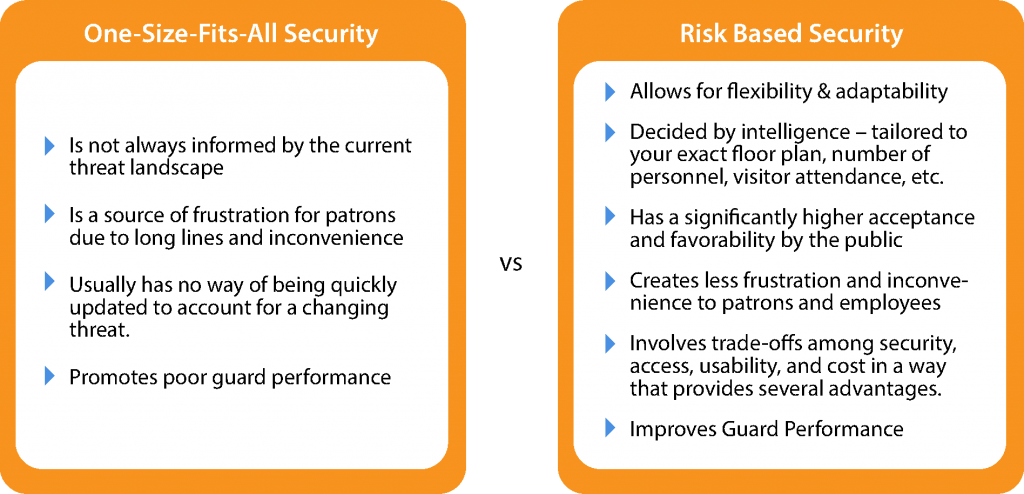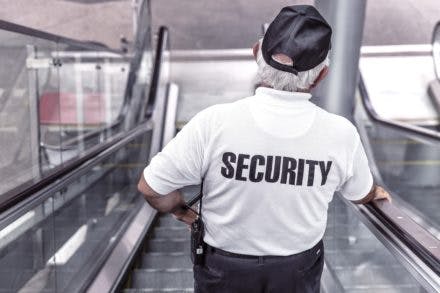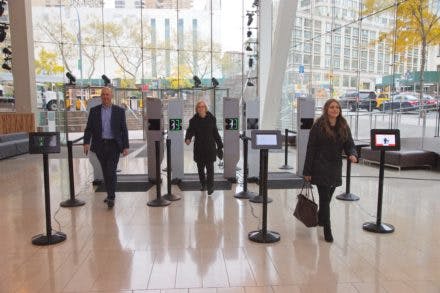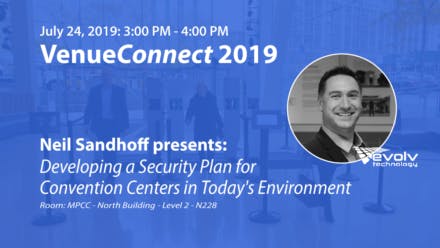Security Teams: Best Practices to Prevent Active Shooters in the Workplace
As the number of mass shootings continues to grow, thenumber of potential ‘soft targets’ seemingly grows as well. One of the latest target of such violence wasthe workplace, where a mass shooting occurred at the municipal center in VirginiaBeach, claiming the lives of 12 people. This latest attack was thedeadliest mass shooting in the U.S. since November.
The shooter was a disgruntled employee, who previously hadgiven little indication of the potential threat he posed to hiscolleagues. But the incident hammershome our sad new reality: the threat of an active shooter can touch us inalmost every facet of our lives.
Violence in the workplace is not a new phenomenon, but it isa growing concern. Securityprofessionals, business leaders, human resource workers, and venue operatorsneed to proactively plan for these worst-case scenarios to protect employees. And,the best way to protect employees = PREVENTION!
Based on recent events and our years of experience in helping organizations provide greater physical security, here are some best practices to prevent incidents from happening in the first place.
A One-size-fits-all Approach to Security No Longer Fits
Security experts generally agree the use of a venue specific Risk Based Security (RBS) approach is preferable to “one-size-fits-all” solutions. RBS balances security, visitor experience, operational efficiency, and cost considerations. This will help you plan for high-pressure, emotional situations in the workplace, such as terminations or layoffs.

Interested in learning more about Risk Based Venue Security? Download the white paper authored by leading security experts, John Pistole and Mark Sullivan.
Know Your Facility
One of the first things any organization should do isperform an exterior physical security threat assessment. Walk the perimeter andidentify all entry and exit points for your facility. Determine if you’re ableto lock down the facility, and if so, identify what it will take to quicklymake that happen without letting unwanted persons in, or a person of interestto escape.
Upon performing your perimeter check and identifying gaps,work with local law enforcement to make them familiar with your facility. They will also be able to provide additional preventativemeasures you and your staff can take to secure your facility and reduce yourthreat risk.
Your organization should focus on developing and communicating strong policy that clearly outlines what to do to prevent workplace violence. Departments and individuals, such as HR, Security, facilities managers and executives need to work together to define the high-risk incidents and acts of violence most likely to impact their organization. They should proactively put together multi-layered security plans for these scenarios to prevent workplace violence.
One critical example of this planning scenario is how to deal with employees upon termination or resignation. Your policy group needs to determine when it’s appropriate to have Security escort terminated employees from the building, and how to handle an employee when they have given their notice. There needs to be clear lines of communication to ensure that IT and Security immediately revoke computer and building access upon termination so that former employees can’t return to the premises, or access company files remotely. Once your multi-layered security plan is in place, educating employees on a regular basis is critical.
Visible Security = Deterrence
The National Institute of Building Science recently released a study showing that proactive building security design can reduce the risk of an active shooter incident.

Maintaining a strong security presence can not only deterattacks from taking place in your workplace, but simultaneously show employeesthey’re being protected.
Adding tighter security measures, like security guards and video surveillance technology, can help protect employees and customers, while actively dissuading potential shooters from entering the premises.
Screen for Weapons WithoutUsing a Metal Detector
The reality is, onlya select few entering a facility pose a threat, which poses the question:how do you treat the majority of individuals as the non-threatening people theyare, while pulling out those very few for additional scrutiny?
Increasing security measures to protect employees should not create additional hassles on the way into work or make anyone feel like a suspect. To ensure you mitigate risks, while maximizing throughput, think “out with the old, in with the new”:

- Avoid Outdated Technologies
In the past, walk-through metal detectors (WTMD) were our best option to discover metal weapons prior to an individual bringing them into a venue. However, they were simply not designed to detect and prevent today’s modern threats.
Developed in the late 1900s, the WTMD technology has seen virtually no improvement and requires employees to stop and empty their pockets and bags. They also cannot distinguish between a computer or phone and a gun. This slow-moving, single-file security procedure creates long lines and frustrations for everyone involved, along with a soft target in and of itself.

- The Next Generation in Security: New Advancements in Weapons Screening
As the threats against our safety and security continue to evolve and become increasingly unpredictable, security systems must advance with them.
Look to incorporate innovative solutions that can mitigate risks while maximizing employee throughput. New technology, such as advanced sensors and AI, are being leveraged for modern weapons-sensing physical security solutions specifically made for today’s threats.
Screening solutions that detect guns and other weapons can help businesses better detect active shooters before they enter the building. These types of solutions ensure that security guards are better-informed of potential threats and can take quicker and more precise action to deter an attack from starting in the first place.
